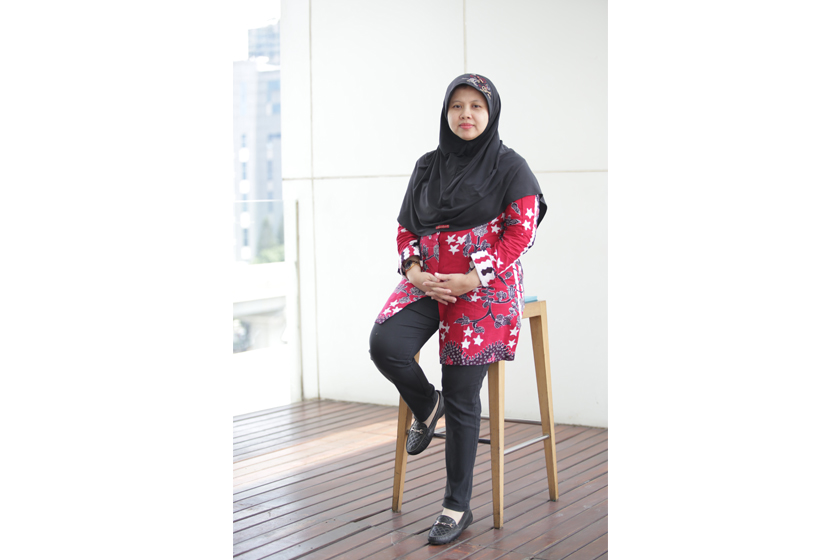Project leader: Ms. Dian Inayati
Level of education and university: Master, The University of Sydney
Collaborating organisations: Pusat Studi dan Layanan Disabilitas (Centre for Disability Studies and Services)
Project Location: Malang, Jawa Timur
Activity type: Research & development, innovation
Sector: Disability services
Project Rationale:
Previous studies on D/HH students' literacy, particularly on their writing aspect within academic context (Inayati & Iswahyuni, 2016; Lintangsari, 2014; 2016; 2018) reveal a dissatisfying writing proficiency level of most DHH students in Bahasa Indonesia as well as English. Errors in grammar, vocabulary, and punctuation are among the most troublesome found in D/HH students’ writing, leading to poor intelligibility. Inayati and Iswahyuni (2016) and Lintangsari (2014) claim that such factors as D/HH students’ literacy background, discrepancies on grammatical patterns and vocabulary in sign (visual) language and written language, and D/HH students’ type of deafness could be considered responsible for this writing issue. While several attempts have been made for D/HH students’ ease of communication, very few of which focus on assisting D/HH students to write grammatically and meaningfully well. Meanwhile, good writing proficiency is a crucial skill that students must own to strive with academic demands. Thus, a D/HH-friendly mobile learning application (app) is developed as a learning tool for D/HH students to help improve their writing, which is the aim of the current project. The app is equipped with Bahasa Indonesia Sign Languages: BISINDO and SIBI, and Bahasa Indonesia written subtitle to assist D/HH students in associating sign (visual) language and written language by highlighting the missing elements in sign languages, and thus making them notice the differences.
Project beneficiaries
- 40 Deaf and Hard of Hearing (D/HH) high school and university students
- 10 educators who deal with D/HH students
Priority Development Area:
An inclusive society through effective governance
Link with Australian Organisation: -


 TULIterate App: Developing a mobile learning spplication for deaf and hard-of-hearing (D/Hh) learners' literacy skill improvement
TULIterate App: Developing a mobile learning spplication for deaf and hard-of-hearing (D/Hh) learners' literacy skill improvement
